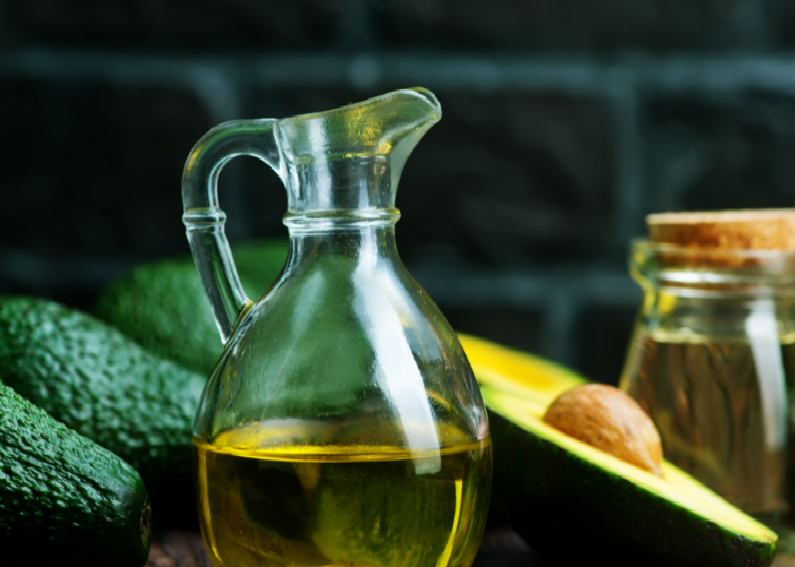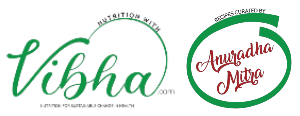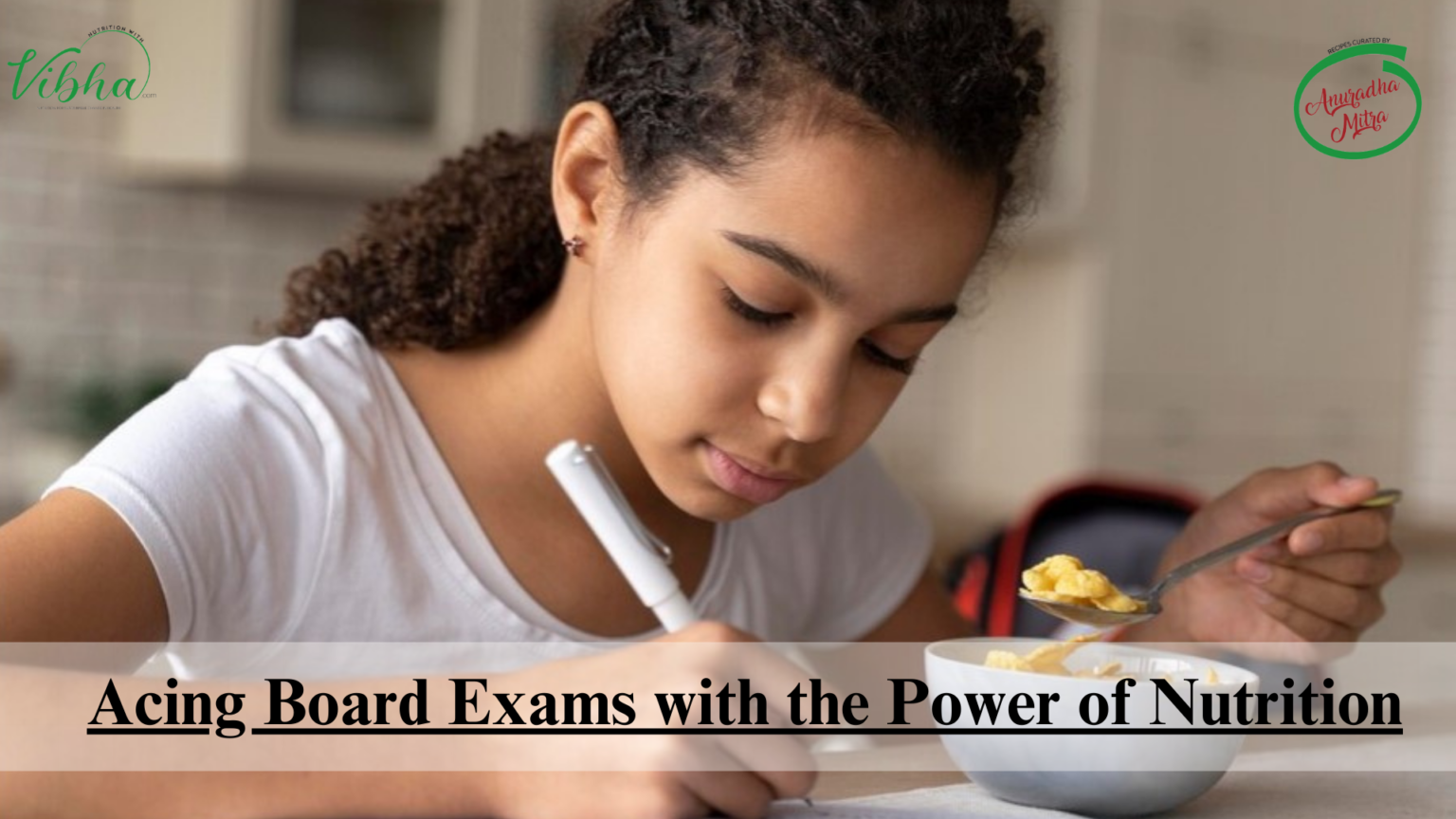Mirror Mirror on the Wall Which is the Healthiest Oil of Them All

Which is the oil to choose for cooking? Which fat is the best? Should I even add oil if it so full of calories and fattening!
Such are the many questions that run through our mind while starting the steps to eat right.
The mind is willing to nourish the body, yet the mind is full of questions!
Let’s address some of those Fat questions (pun intended) today
The perennial question –
Should I even use oil…can I not completely avoid it, so that I can maintain weight.
There is only one empathetic answer to this question. No! We have to realise that nature’s offerings are all about balance. Completely avoiding fats and oils will lead to imbalance. Fat is part of our food.
Let’s examine what will be the consequence if we avoid gat completely. Fat and oils provide us with essential fatty acids which are required for basic processes of our body like the structure of the membrane of every cell in the body, protection of the nerves as well as providing the right amounts of cholesterol that we need for our metabolic processes. If we do not use any fat in the diet it could lead to the development of gallbladder stones, so keeping fat out completely is a health hazard
Another very important point – do we not want to enjoy food!! Oils and fats add a lot of palatability and taste to the food which is the crucial vehicle for us to take in nutrients to nourish the body.
Thus, keeping fat out completely is a definite NO. However, what we need to look at is to use the correct amounts of fats and oils in cooking. Observe – do our gravies and curries have a layer of oil floating on the surface? Can we see the fat heavily glistening on the vegetable preparations? If so then we definitely need to taper down its use.
Are we using deep or shallow fried items on a daily basis or four times or more a week? If yes, then again, we need to tone it down.
So, everything is a question of moderation balance and mindfulness and that brings us to the point of consideration that it is not just the quantity of oils that matters; it is actually the quality.
The Big Confusion
Which oil should be used for cooking?
The oil that we eat today is a part of us tomorrow, part of our cells, our nerves and part of the cholesterol that we need for our metabolism – Yes we do need a certain amount (the key word being certain) of cholesterol for health to be healthy (Yes we agree that poor cholesterol has been given a bad name in general)
We know that there is a particular type of cholesterol, if in excess in the system (LDL aka Bad cholesterol) which could lead to heart disease and there is a particular type of cholesterol (HDL aka Good Cholesterol) which is protective against heart disease. What we need to understand is that the oils we choose will actually determine which kind of cholesterol is found in the system.
To make matters simple what we can say is that here is a roadmap to follow:
The main cooking oil to choose to protect the heart and general health:
Groundnut oil
Rice Bran Oil
Soybean Oil
Mustard Oil
Olive oil
Canola Oil
Note:
Unprocessed or minimally processed (Kachchi Ghani) oils are the best.
Olive oil (both virgin and processed) can be used based on the affordability of the pocket.
Mustard oil is a great choice, especially the Kachchi Ghani; however, it is not used pan India and there could be some resistance to its flavour. Considering that it is extremely healthy an oil to use, we could use it for at least one dish per day, thus utilising its cardiovascular protecting, cognition enhancing and immune supporting health benefits.
Safflower and Sunflower oils are not the first choice for health, but they can be the oils of choice for the occasional frying that is done in homes.
Often asked –
Can we use readymade Oil Blends?
Yes, we can. These blends have been formulated with some scientific thought.
Just as we can easily use oil combinations at home – two to three oils.
For eg. One oil from the staple list given above for most cooking
One dish a day with mustard oil
Safflower or sunflower oil for frying once/ twice a week
NEVER mix different oils at the household level and use.
The Big Question –
What about Butter and Ghee?
Well, the group of fats like butter, ghee, lard(animal fat) and coconut oil – if consumed in very large amounts, will actually cause the harmful faction of cholesterol in the blood to rise leading to diseases.
Does it mean we have to avoid it completely? No. We have to portion it right. A little amount of butter in cooking or at the table, a little amount of ghee on rotis or dal or some coconut oil or coconut in cooking is fine because it will give us the right amount of the saturated fatty acid that we need. Using it in large amounts in food preparation, using it in every meal, consuming preparations from outside food, desserts made with high amounts of butter or ghee – all these habits are harmful to health, particularly with regards heart health.
We come back to making wise food choices based on moderation, portion control and mindfulness.
Note: All this is for adult nutrition. Children benefit from saturated fats during the growth phase.
The most crucial Question –
is there some Must Have fat?
Of course there is! A fat whose benefits are so well documented in research but for the common man unfortunately is the most well kept secret.
The Must Have fat are food sources rich in Omega 3 fatty acids. Going past the nutrition science term – for our understanding, what this fat does is better immunity, cardiovascular health, cognition, blood pressures, cholesterol levels as well as quality of skin and hair.
This all-important fat is obtained from Mustard oil and soybean oil. Foods like Flaxseeds, Chia seeds, and walnuts are rich in it too. So are fatty fish like Salmon, Tuna, Sardines. Mackerel, Bombay Duck, Pomfret and Hilsa. The presence of this fat is less in usual diets and therefore we must make efforts to include this in our meals.
Another point to question –
Is there fat that needs to be avoided?
That too is right. There is a fat devil we have to avoid as much as possible – the Trans Fats.
Why did such a devil come into our food you may ask. Let us look at its journey.
In the attempt to manufacture a fat that is less expensive and has the properties of butter and ghee for use in the commercial and processing industry settings, we made trans fats by structurally altering oils to make it resemble butter and ghee – aka Margarine and vanaspati (Dalda is the brand). These were used in processed foods, bakery items, confectionery, fried snacks and desserts. Use of Vanaspati has percolated into households too.
Structurally altered yes, now we realise its harmful health effects specially with relation to cardiovascular health.
Of course, the industry has now taken cognisance of the fact and attempted to reduce it to minimal amounts in its products. The government also makes it mandatory to label that a product is trans fat free and keep it so.
However, there are a few points for consideration:
Processed and bakery products that are not labelled may still contain larger amounts of trans fats
Trans Fats are also produced in the oils we use if heated to high temperatures and if the oil is reused multiple times for cooking – so let’s make sure that one batch of oil is used only twice maximally for frying.
Fried snacks from street food vendors or restaurants may contain trans fats
Though labelled zero trans fats – a minimal amount is still in the product and if multiple such products are used in a day – there can be a cumulative effect on health in the body, both for children and adults.
The most important last question –
Can there be hidden sources of fat in my diet that one needs to be careful about?
Of course there is! Wholesome nourishing foods could have fat within them.
For eg – Milk and milk products. Paneer, cheese and desserts made from milk tend to have high amounts of fat. The fat in it is mostly saturated too! So, it makes sense to skim some of the milk that adults consume. Children can still have whole milk as they need saturated fat for their growth.
Another instance is egg yolk and red meat. The fat in red meat is difficult to trim too. Thus, moderation of frequency and portion of red meat intake is important.
Salads with oil or mayonnaise dressing is high fat too. Other considerations are restaurant ordered foods like Pizzas or burgers and such which uses a lot of fat in the preparation.
Nuts are rich in fat; however, the fat quality that they house is beneficial for health. Still, it can add on to the caloric intake and so again the message is to portion it well in the day’s diet. One serving which is about a handful is adequate for a person with a sedentary lifestyle.
We at Nutrition with Vibha hope we have tempered your questions well with our answers and here is looking at your kitchen running like a well-oiled machinery!!
Oils and Fats are not our enemies but our tools to achieve health.
Let’s pledge to use them right!
We at Nutrition with Vibha are in the process of designing modules for Health, Diet and Lifestyle Empowerment where we will address these questions more in detail especially with relation to disease conditions. Keep watching this space.
Write to us with queries and suggestions to nutritionwithvibha@gmail.com
Till then apply these FAT FACTS to your eating plan.






